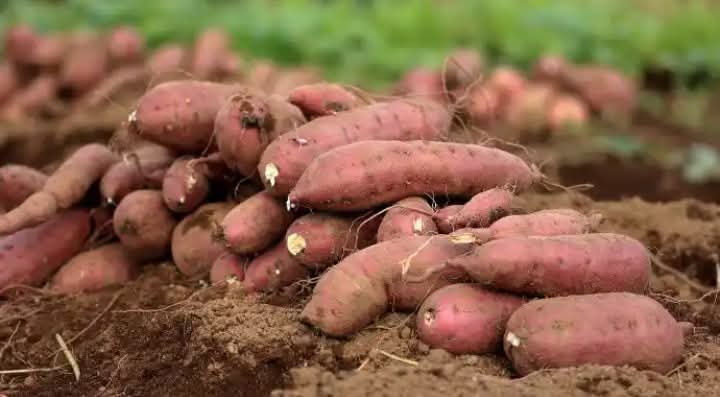Sweet Potato pest and Diseases
Sweet Potato pest and Diseases
Sweet Potato Weevils: These pests are ¼-inch-long insects with wings, dark blue heads and red-orange bodies. Developing larvae feed on the fleshy roots, while adults generally attack the vines and leaves. They also spread foot rot, which creates enlarging brown to black areas on stems near the soil and at stem ends. Since weevils multiply quickly and prove hard to eliminate, use certified disease-resistant slips and practice a four-year crop rotation. Destroy infected plants and their roots, or place in sealed containers and dispose of them with household trash.
Black Rot: This results in circular, dark depressions on tubers. Discard infected potatoes, and cure the undamaged roots from the same crop carefully. Don’t confuse this disease with less-serious scurf, which creates small, round and dark spots on tuber surfaces without affecting eating quality
Stem Rot: Also known as wilt, this is a fungus that enters plants injured by insects, careless cultivation or wind. Even if this disease doesn’t kill the plants, the harvest will be poor. Minimize the chances of disease by planting only healthy slips. Avoid black and stem rot by planting resistant cultivars. Reduce the incidence of dry rot, which mummifies stored potatoes, by keeping the fleshy roots at 55 to 60 degrees.
White Rust: This fungus will have chalk-white blisters on the undersides of the leaves. The flowers and stems may also be infected. To rid your sweet potatoes of white rust, destroy the infected plants and try rotating your crops.
Whiteflies: As the name suggests, these insects are tiny, white and triangular in shape. They’ll leave a sooty substance on your leaves that’ll have them wilted and stunted. Luckily, you can use a vacuum to remove them or spray them with insecticidal soap.
Flea Beetles: These beetle lookalikes are shiny and can appear black, brown or blue. If you look at the leaves of your potatoes closely, you’ll see them as tiny black dots that leave holes in the leaves. Prevent them from attacking your sweet potatoes using row covers. Mulch heavily to treat and try adding native plants to invite beneficial insects, such as ladybugs. Dill and marigolds are also great companion plants that ward off flea beetles.




